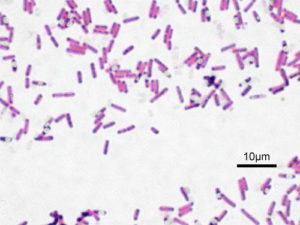
Amphibians are the most threatened vertebrate class worldwide. Because they lack the ability to regulate their own temperature and moisture levels, climate change is playing a significant role in this growing peril (1). Climate change impacts amphibian survival in several ways. In addition to habitat loss, growing drought conditions make maintaining body moisture levels challenging and warming temperatures restrict activity periods needed for reproduction as well as increasing the risk of heat stress.
Heat tolerance varies by species, and understanding what influences these differences could help predict species survival. The gut microbiota is known to affect a wide range of functions in host animals, and recently studies have begun to investigate its role in host thermal tolerance (2).
Continue reading “For Frogs, Surviving the Heat Could Come Down to What Is in Their Gut”
